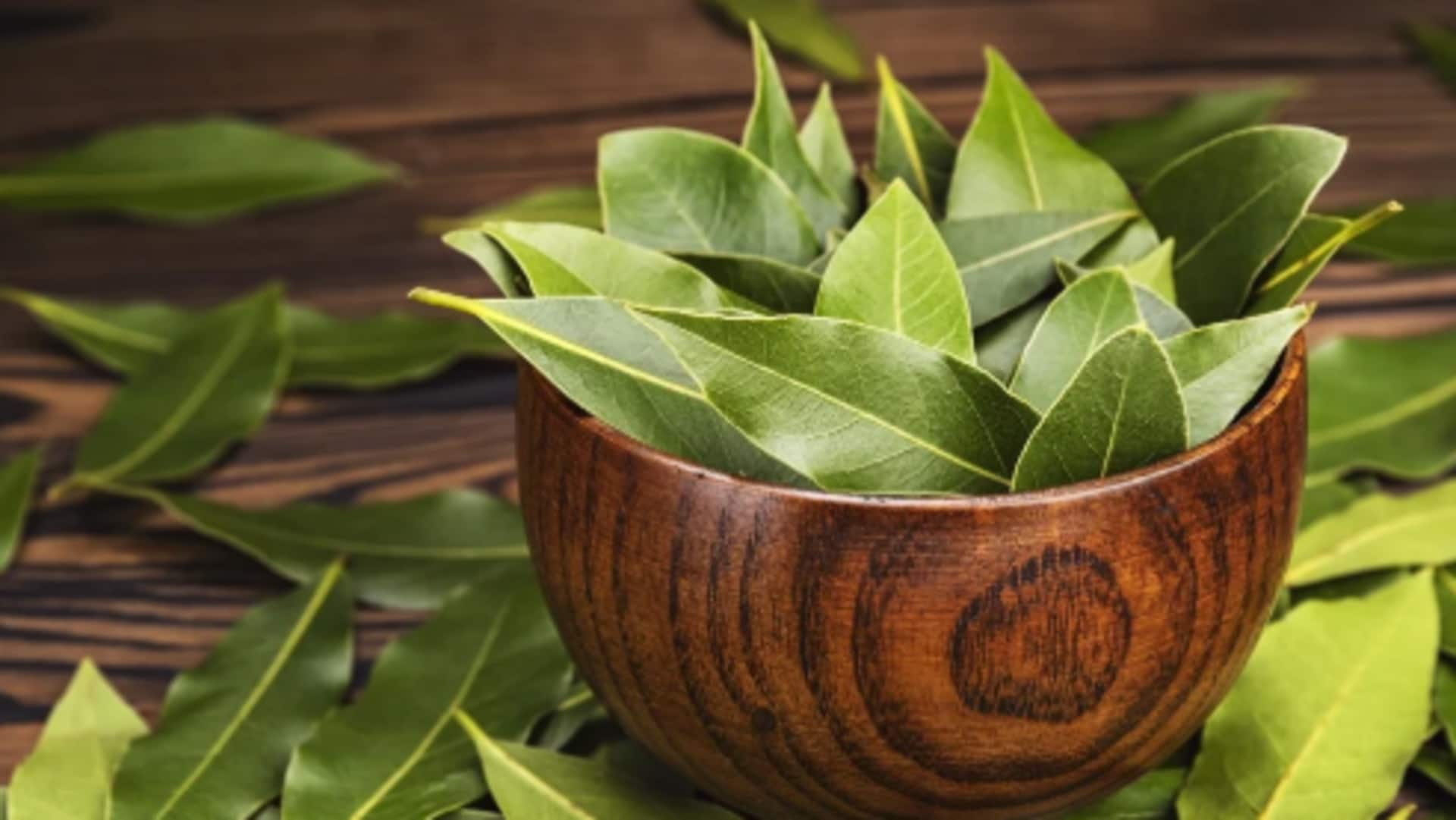
How to grow bay leaf at home
What's the story
If you love cooking with fresh herbs, growing culinary bay leaf at home could be a rewarding experience. The bay leaf plant, which is known for its aromatic leaves, is quite easy to grow indoors or in a garden. With the right conditions and care, you can have a steady supply of this flavorful herb to add to your dishes. Here's how to get started.
Location
Choosing the right location
Choosing the right location is essential for the healthy growth of your bay leaf plant. Bay plants prefer places with abundant sunlight, ideally six to eight hours of direct sunlight every day. If growing indoors, keep the plant close to a south-facing window where it can absorb sufficient light. Make sure the area has good air circulation to avoid fungal diseases and encourage healthy growth.
Soil needs
Soil and potting requirements
Bay leaf plants thrive in well-draining soil with a slightly acidic to neutral pH level. A mixture of potting soil and sand or perlite does the trick for container planting, providing adequate drainage and aeration. While potting your bay plant, use a container with drainage holes to avoid waterlogging, which can cause root rot. Repot every two years or when roots outgrow containers.
Watering tips
Watering practices
Proper watering is crucial to keep bay plants healthy. Let the top inch of soil dry out between waterings; overwatering can damage the plant's roots. In the warmer months, you may need to water more often due to higher evaporation rates. In cooler months, cut back on watering since the growth slows down. Always check soil moisture before watering by inserting your finger into the soil.
Pruning guide
Pruning and maintenance
Regular pruning keeps your bay leaf plant in shape and healthy, plus promotes new growth. Trim back any dead or damaged leaves with clean scissors or pruning shears. Prune lightly during spring or early summer when new growth starts; avoid heavy pruning in fall or winter as it may stress the plant during dormancy periods.
Pest control
Pest management strategies
While bay plants are typically resistant, they may sometimes attract pests, like aphids or scale insects, if kept indoors without proper airflow around them. To combat these, regularly check leaves for indications like sticky residue from sap-sucking insects. Use insecticidal soap spray sparingly, focusing on affected areas only. Maintain good ventilation around indoor plants by opening windows from time to time.